Home>Maintenance & Safety>Child & Elderly Safety at Home>Why Do Babies Throw Things Off Their High Chair?
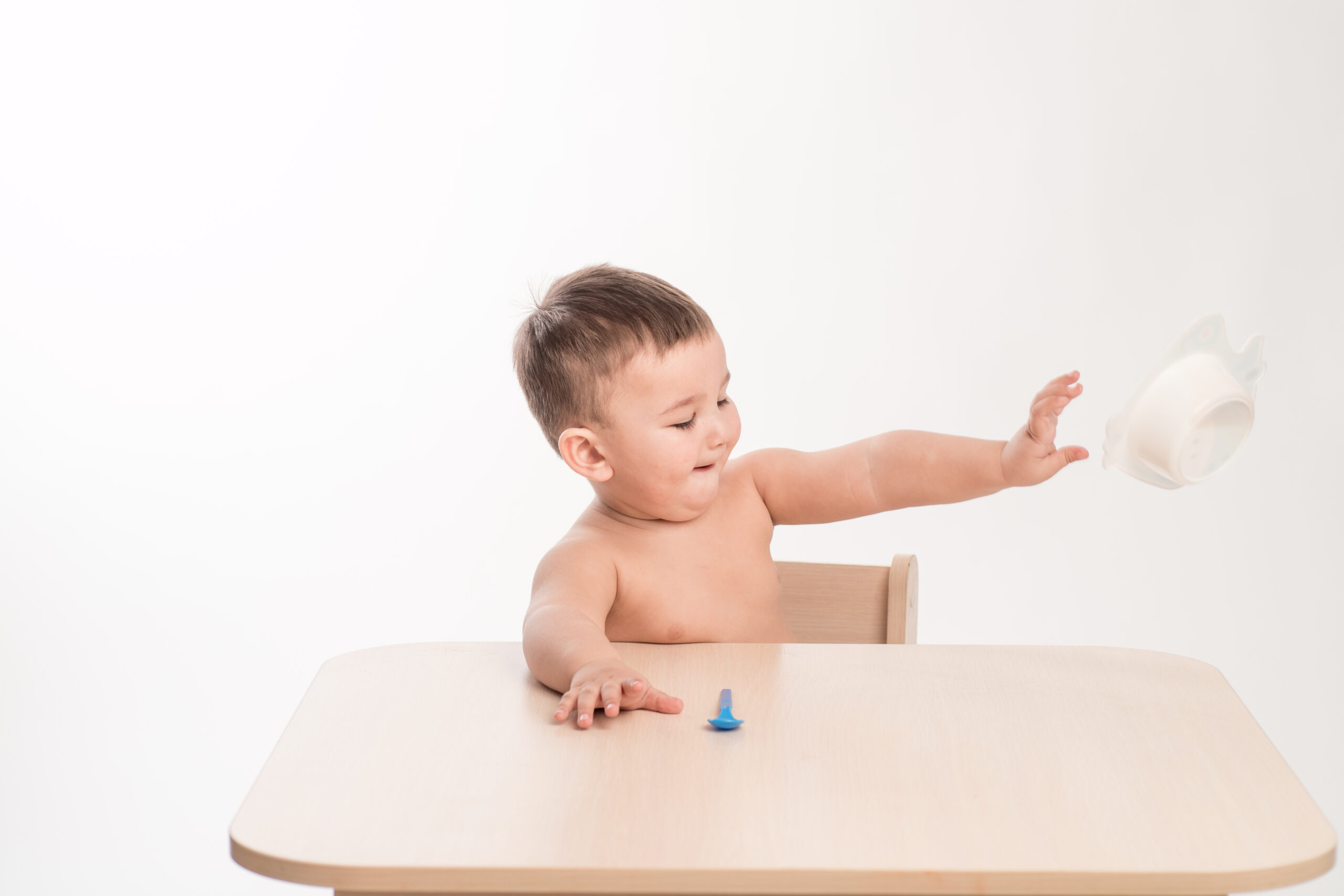

Child & Elderly Safety at Home
Why Do Babies Throw Things Off Their High Chair?
Published: February 16, 2024
Discover why babies throw things off their high chair and how to ensure child and elderly safety at home. Learn practical tips for preventing accidents and creating a secure environment.
(Many of the links in this article redirect to a specific reviewed product. Your purchase of these products through affiliate links helps to generate commission for Storables.com, at no extra cost. Learn more)
Introduction
Babies and toddlers are endlessly curious and often seem to have an innate desire to throw things off their high chairs. This behavior can be both fascinating and perplexing for parents and caregivers. Understanding the reasons behind this common behavior is essential for creating a safe and nurturing environment for young children. In this article, we will explore the various developmental, psychological, and behavioral factors that contribute to this intriguing phenomenon. By gaining insight into the motivations behind this behavior, caregivers can better support and guide their little ones through this stage of exploration and discovery.
Key Takeaways:
- Toddlers throw things off their high chairs to learn about cause and effect, assert their independence, and explore their environment. Caregivers can support this by providing safe and enriching experiences.
- When toddlers throw objects, they may be seeking attention, communication, and sensory stimulation. Caregivers can respond with empathy, understanding, and meaningful engagement to support their development.
Read more: When Do Babies Need A High Chair
Developmental Milestones
During the first few years of life, children undergo significant developmental milestones that shape their understanding of the world around them. One of the key developmental stages is the exploration of cause and effect. As babies grow and develop, they become increasingly aware of their ability to influence their environment. This newfound understanding often manifests in behaviors such as throwing objects off their high chairs.
At around 8 to 12 months of age, babies begin to grasp objects using their thumb and forefinger, a skill known as the pincer grasp. This newfound dexterity opens up a world of exploration as they delight in picking up and manipulating objects. The act of throwing items off their high chairs allows them to observe the consequences of their actions, providing valuable insights into cause and effect.
Furthermore, this stage of development is characterized by a growing sense of independence and autonomy. Babies are eager to assert their newfound abilities and assert their independence. By throwing objects, they are asserting their control over their immediate environment, a crucial step in their journey towards self-discovery.
As toddlers approach the age of 18 to 24 months, their cognitive abilities continue to flourish. They begin to understand object permanence, the concept that objects continue to exist even when they are out of sight. This newfound understanding may lead them to test the boundaries of this concept by intentionally dropping objects to see where they go. This behavior is a natural part of their cognitive development as they seek to understand the world around them.
In summary, the developmental milestones of grasping, autonomy, and cognitive growth play a significant role in the behavior of throwing objects off high chairs. Understanding these milestones is crucial for caregivers as they navigate this stage of development with their little ones. By recognizing the significance of these milestones, caregivers can provide a supportive and enriching environment that nurtures the natural curiosity and exploration of young children.
Curiosity and Exploration
Curiosity is a fundamental aspect of a child's development, driving them to explore and make sense of the world around them. From a young age, babies and toddlers exhibit an insatiable curiosity, constantly seeking to understand the properties and behaviors of objects within their environment. This innate curiosity often leads them to engage in behaviors that may seem perplexing to adults, such as throwing objects off their high chairs.
The act of throwing objects serves as a form of experimentation for young children. It allows them to observe the trajectory, speed, and impact of the thrown object, providing valuable insights into the physical properties of the items they handle. This hands-on exploration contributes to their understanding of cause and effect, a crucial cognitive concept that forms the foundation for their understanding of the physical world.
Furthermore, the act of throwing objects off their high chairs provides children with a sense of agency and control. As they observe the consequences of their actions, they begin to comprehend their ability to influence their immediate surroundings. This newfound sense of autonomy is a vital component of their emotional and cognitive development, fostering a growing sense of independence and self-efficacy.
From a sensory perspective, the act of throwing objects can also be a source of stimulation for young children. The sound of an object hitting the ground, the visual feedback of its trajectory, and the tactile experience of handling different items all contribute to their sensory development. These sensory inputs play a crucial role in shaping their understanding of the physical world and refining their motor skills.
In essence, the behavior of throwing objects off high chairs is deeply rooted in a child's natural inclination towards curiosity and exploration. By engaging in this behavior, children actively seek to understand the properties and behaviors of the objects within their environment, while also asserting their autonomy and agency. Caregivers play a vital role in nurturing and guiding this curiosity, providing a safe and supportive environment that encourages exploration and discovery. By understanding the significance of curiosity and exploration in early childhood development, caregivers can create enriching experiences that foster a lifelong love for learning and discovery in young children.
Testing Limits
As toddlers continue to navigate the world around them, they are driven by an innate desire to test boundaries and understand the limits of their environment. This natural inclination to push the boundaries extends to their behavior at the high chair, where they may engage in the act of throwing objects as a means of testing limits.
By throwing objects off their high chairs, toddlers are actively exploring the concept of cause and effect within the context of their immediate surroundings. This behavior allows them to gauge the reactions of caregivers and observe the consequences of their actions. In doing so, they are not only testing the physical limits of the objects they handle but also exploring the boundaries of acceptable behavior within their environment.
Furthermore, the act of throwing objects off their high chairs provides toddlers with a sense of agency and control. As they witness the reactions of caregivers and the impact of their actions, they gain valuable insights into the boundaries of permissible behavior. This process of testing limits is a crucial aspect of their social and emotional development, as it allows them to understand the parameters of acceptable conduct and the consequences of exceeding these boundaries.
From a cognitive perspective, testing limits through the act of throwing objects off their high chairs enables toddlers to refine their understanding of cause and effect. By observing the predictable outcomes of their actions, they gain a deeper comprehension of the physical laws that govern the world around them. This hands-on experimentation contributes to their cognitive development, fostering a growing awareness of the consequences of their actions and the boundaries within which they operate.
In essence, the behavior of throwing objects off high chairs is closely linked to a toddler's natural inclination to test limits and understand the boundaries of their environment. This exploratory behavior provides valuable insights into cause and effect, social boundaries, and cognitive development. Caregivers play a pivotal role in guiding toddlers through this stage, providing a safe and nurturing environment that allows for exploration while setting clear and consistent boundaries. By recognizing the significance of testing limits in early childhood development, caregivers can support toddlers in their journey of self-discovery and boundary exploration.
Babies throw things off their high chair to explore cause and effect, test boundaries, and seek attention. Provide safe, age-appropriate toys to redirect their behavior.
Attention-Seeking Behavior
Toddlers are naturally inclined to seek attention and interaction from their caregivers as they navigate the world around them. The behavior of throwing objects off their high chairs can often be attributed to a desire for attention and engagement. When a toddler throws an object and observes the ensuing reaction from caregivers, they are actively seeking attention and interaction, albeit through a seemingly disruptive behavior.
From a developmental standpoint, toddlers are beginning to understand the power of their actions in eliciting responses from those around them. The act of throwing objects off their high chairs can serve as a means for them to gauge the level of attention and response they receive from caregivers. This behavior provides them with a sense of agency and control, as they recognize the impact of their actions on the attention they receive.
Furthermore, attention-seeking behavior through the act of throwing objects can also stem from a desire for interaction and engagement. Toddlers thrive on meaningful interactions with their caregivers, and the act of throwing objects may serve as a way for them to initiate and sustain engagement. By observing the reactions and responses of caregivers to their actions, toddlers are actively seeking connection and interaction, albeit through a behavior that may seem disruptive to adults.
In some instances, attention-seeking behavior through throwing objects off high chairs may also be a manifestation of emotional needs. Toddlers may resort to this behavior as a means of expressing frustration, seeking comfort, or simply craving the reassurance of their caregivers' attention. By understanding the underlying emotional motivations behind this behavior, caregivers can respond with empathy and support, addressing the emotional needs that may be driving the attention-seeking behavior.
In essence, the behavior of throwing objects off high chairs can often be a manifestation of a toddler's natural inclination to seek attention, interaction, and emotional connection. By recognizing the underlying motivations behind this behavior, caregivers can respond with patience, empathy, and understanding, providing the attention and engagement that toddlers seek in a positive and nurturing manner. Through meaningful interactions and responsive caregiving, caregivers can support toddlers in their emotional and social development, fostering a strong sense of connection and security as they navigate this stage of exploration and discovery.
Read more: When Do Babies Sit In A High Chair?
Sensory Stimulation
Sensory stimulation plays a pivotal role in a toddler's exploration and understanding of the world around them. The act of throwing objects off their high chairs provides a rich sensory experience that contributes to their cognitive and physical development. From the tactile sensation of handling different objects to the auditory and visual feedback of the thrown items, toddlers engage in a multisensory exploration that shapes their understanding of the physical world.
When a toddler throws an object, they experience the tactile feedback of handling the item, feeling its weight, texture, and shape. This tactile experience not only enhances their fine motor skills but also provides valuable sensory input that contributes to their overall sensory development. The act of grasping and releasing objects engages their hand-eye coordination and fine motor control, laying the foundation for future dexterity and manipulation skills.
Furthermore, the auditory feedback of an object hitting the ground or other surfaces provides toddlers with valuable sensory input. The sound of the impact, whether it's a soft thud or a louder noise, contributes to their auditory processing and perception. This auditory feedback allows toddlers to make connections between their actions and the resulting sounds, fostering an understanding of cause and effect in the auditory domain.
Visually, the act of throwing objects off their high chairs provides toddlers with the opportunity to observe the trajectory and movement of the thrown items. They track the path of the object as it travels through the air, providing valuable visual stimulation and spatial awareness. This visual feedback contributes to their visual-motor integration and depth perception, enhancing their ability to understand and interact with the spatial environment around them.
In addition to tactile, auditory, and visual stimulation, the act of throwing objects off their high chairs also engages toddlers in proprioceptive and vestibular experiences. Proprioception, the awareness of one's body position and movement, is activated as toddlers reach for, grasp, and release objects. The vestibular system, responsible for balance and spatial orientation, is stimulated as toddlers lean and move to observe the trajectory of the thrown items.
In summary, the behavior of throwing objects off high chairs provides toddlers with a rich sensory experience that contributes to their overall sensory development. From tactile sensations to auditory and visual feedback, toddlers engage in a multisensory exploration that enhances their cognitive and physical abilities. Caregivers play a crucial role in supporting and guiding this sensory stimulation, providing a safe and enriching environment that encourages sensory exploration and development. By recognizing the significance of sensory stimulation in early childhood development, caregivers can create sensory-rich experiences that foster a strong foundation for sensory processing and integration in young children.
Communication and Interaction
Communication and interaction are fundamental aspects of a toddler's social and emotional development. The behavior of throwing objects off their high chairs can be closely linked to a toddler's burgeoning communication skills and their desire for meaningful interaction with caregivers and the surrounding environment.
When a toddler throws objects, they are often seeking to communicate their needs, desires, or emotions. This behavior serves as a form of expression, allowing them to convey their intentions and capture the attention of caregivers. By observing the reactions and responses of those around them, toddlers engage in a form of nonverbal communication, signaling their presence and seeking interaction.
Furthermore, the act of throwing objects can be a means for toddlers to initiate and sustain engagement with caregivers. As they observe the responses elicited by their actions, toddlers actively seek meaningful interaction and connection. This behavior reflects their innate desire for social engagement and serves as a way for them to establish and maintain communication with those around them.
From a developmental perspective, the act of throwing objects off their high chairs can also be a manifestation of a toddler's growing language and communication skills. As toddlers begin to acquire language and expand their expressive abilities, they may resort to nonverbal behaviors, such as throwing objects, to convey their thoughts and emotions. This form of nonverbal communication provides caregivers with valuable insights into a toddler's inner world, allowing them to respond with empathy and understanding.
In addition to expressing their needs and desires, toddlers may engage in the behavior of throwing objects as a way to seek attention and interaction. By observing the responses of caregivers to their actions, toddlers actively communicate their desire for engagement and connection. This behavior reflects their natural inclination to seek meaningful interaction and social connection as they navigate the world around them.
In essence, the behavior of throwing objects off high chairs can be closely tied to a toddler's communication and interaction skills. By recognizing the communicative aspects of this behavior, caregivers can respond with patience and understanding, providing meaningful engagement and responsive communication. Through supportive and nurturing interactions, caregivers can foster a strong foundation for effective communication and social connection in toddlers, laying the groundwork for healthy and fulfilling relationships as they continue to grow and develop.
Conclusion
In conclusion, the behavior of throwing objects off their high chairs is a multifaceted phenomenon deeply rooted in the developmental, psychological, and behavioral aspects of early childhood. From the exploration of cause and effect to the expression of curiosity and the seeking of attention and interaction, toddlers engage in this behavior as a natural part of their developmental journey. Understanding the underlying motivations behind this behavior is crucial for caregivers as they navigate this stage with their little ones.
By recognizing the significance of developmental milestones, caregivers can provide a supportive and enriching environment that nurtures the natural curiosity and exploration of young children. Encouraging hands-on exploration and providing age-appropriate stimuli can foster a love for learning and discovery in toddlers, laying the foundation for lifelong curiosity and inquiry.
Furthermore, acknowledging the role of testing limits in a toddler's behavior allows caregivers to set clear and consistent boundaries while supporting their cognitive and social development. By providing a safe environment for exploration and learning, caregivers can guide toddlers through this stage, fostering a sense of autonomy and self-efficacy.
The recognition of attention-seeking behavior and the underlying emotional needs of toddlers is essential for responsive caregiving. By responding with empathy and understanding, caregivers can address the emotional needs that may be driving the behavior, fostering a strong sense of connection and security in toddlers.
Moreover, supporting sensory stimulation and providing enriching sensory experiences can contribute to a toddler's overall sensory development, laying the groundwork for sensory processing and integration.
Finally, acknowledging the communicative aspects of this behavior allows caregivers to respond with patience and understanding, providing meaningful engagement and responsive communication. By fostering a strong foundation for effective communication and social connection, caregivers can support toddlers in their journey of self-discovery and social development.
In essence, the behavior of throwing objects off high chairs is a natural and intricate part of a toddler's developmental journey. By understanding the motivations behind this behavior and responding with empathy and support, caregivers can create a nurturing environment that fosters exploration, learning, and healthy social and emotional development in young children.
Frequently Asked Questions about Why Do Babies Throw Things Off Their High Chair?
Was this page helpful?
At Storables.com, we guarantee accurate and reliable information. Our content, validated by Expert Board Contributors, is crafted following stringent Editorial Policies. We're committed to providing you with well-researched, expert-backed insights for all your informational needs.
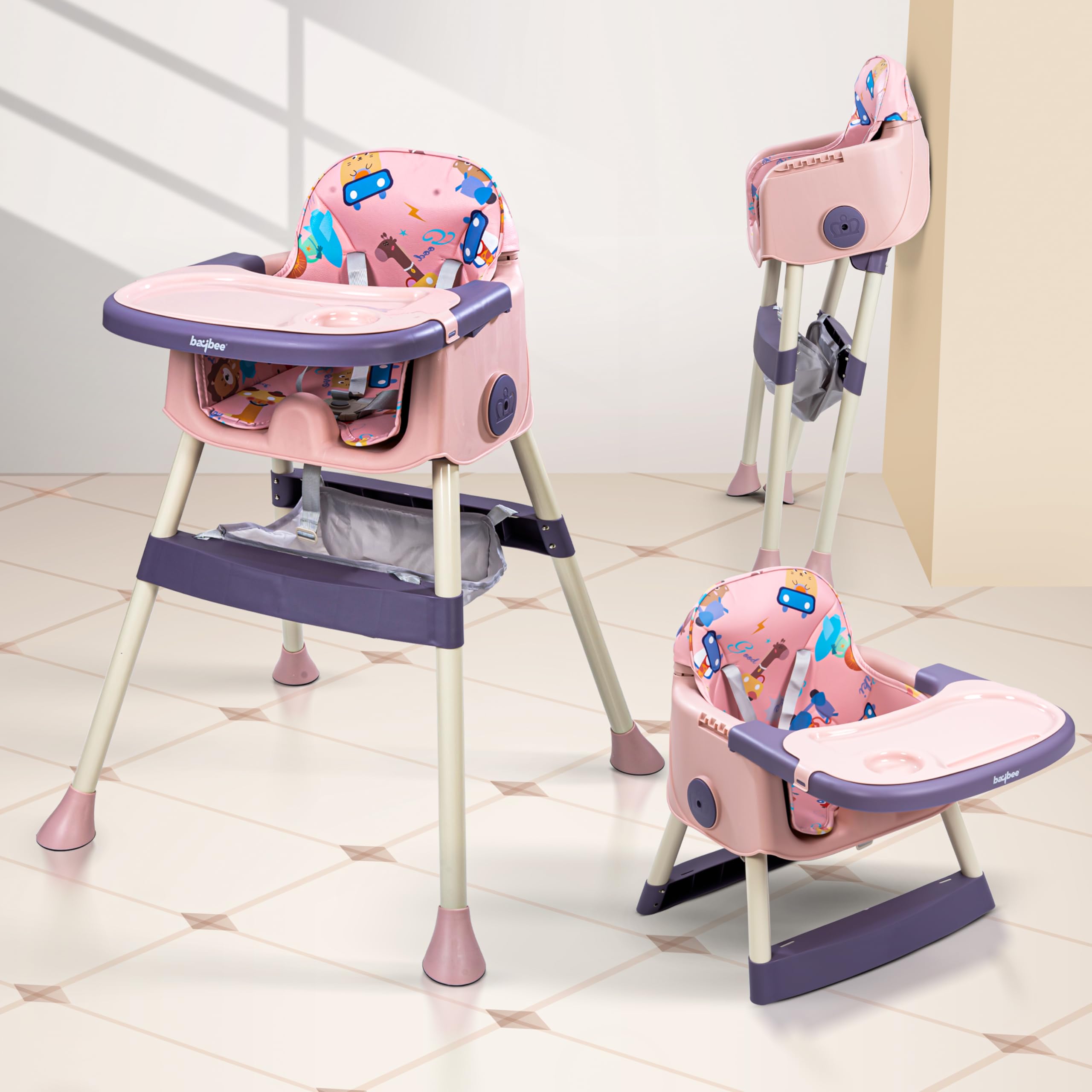
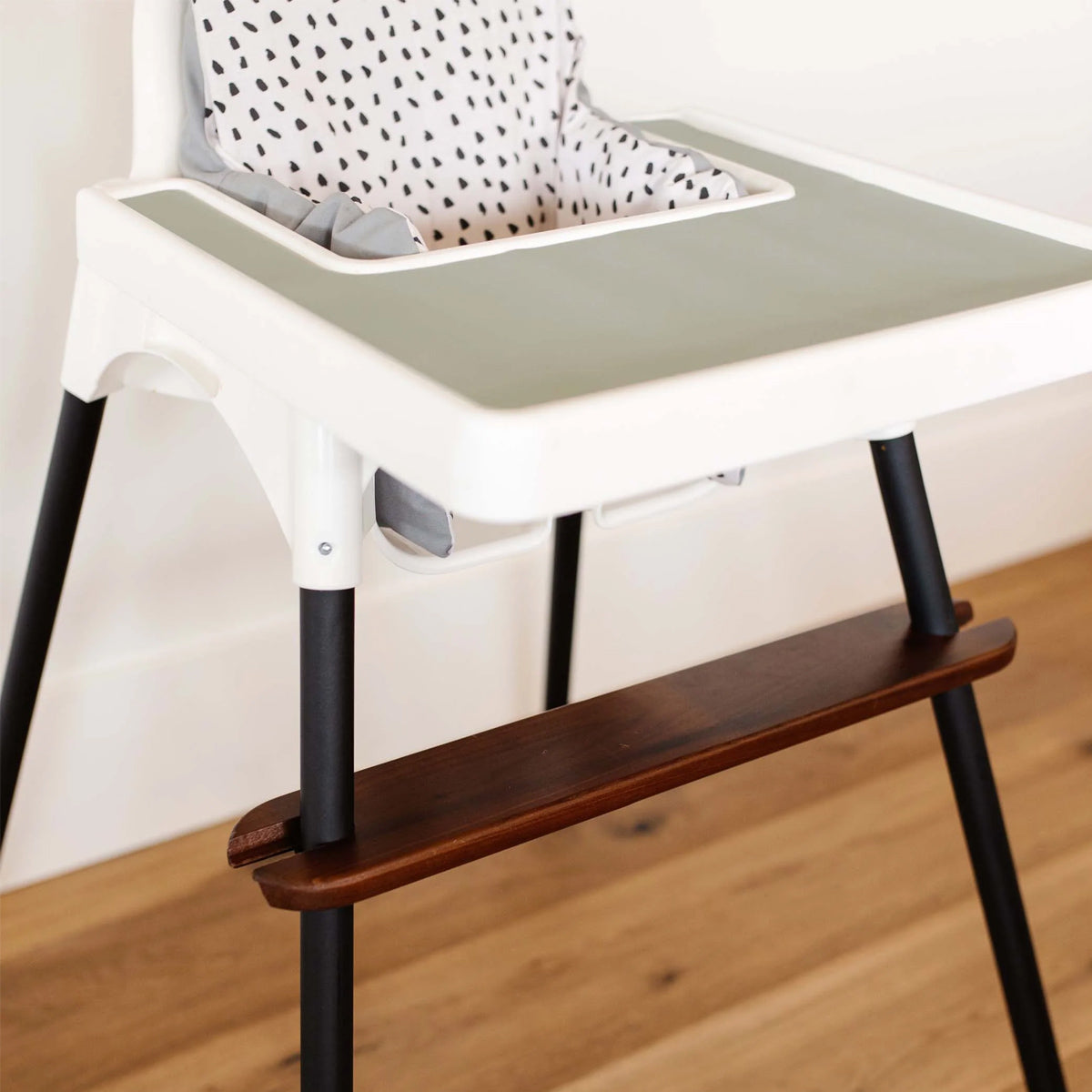
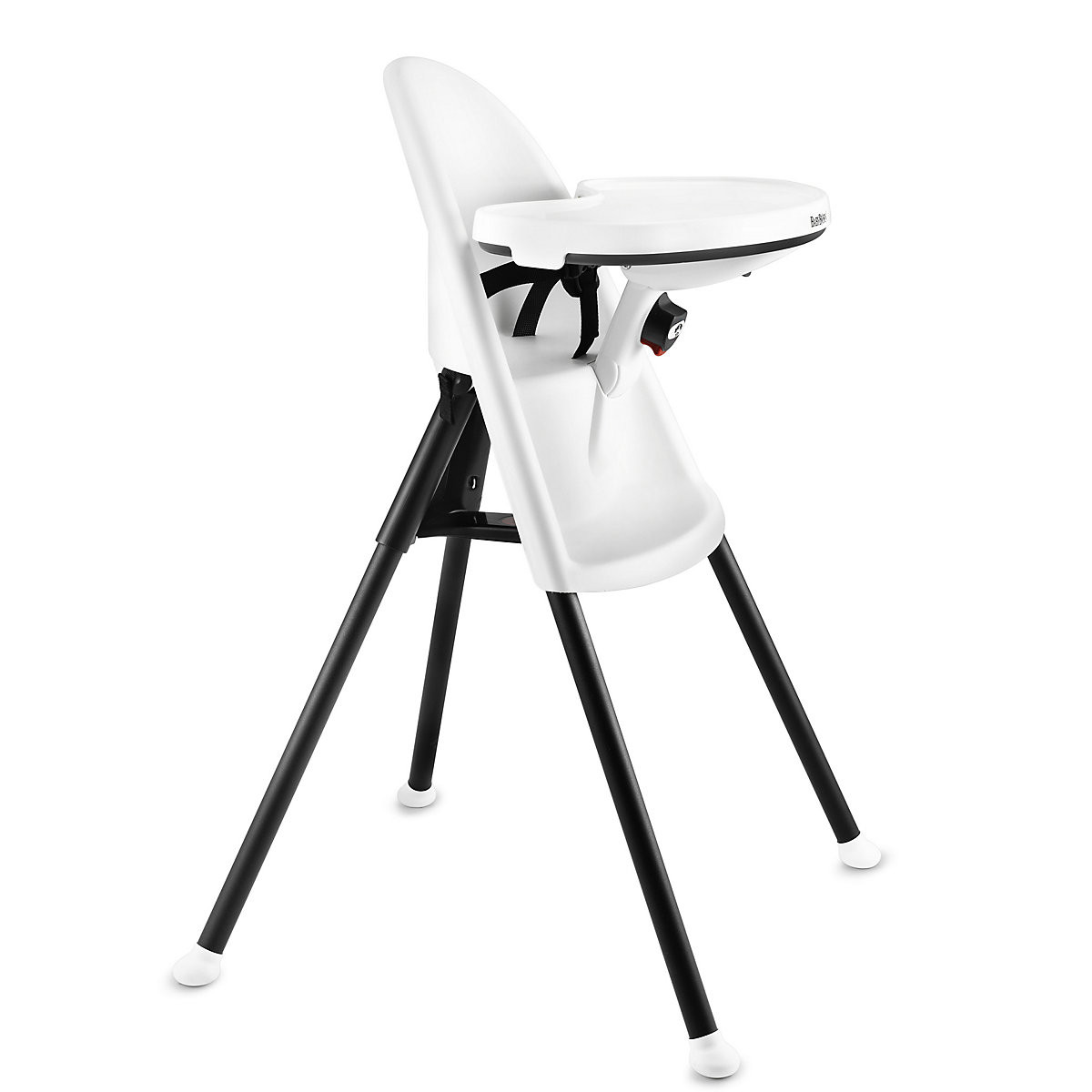
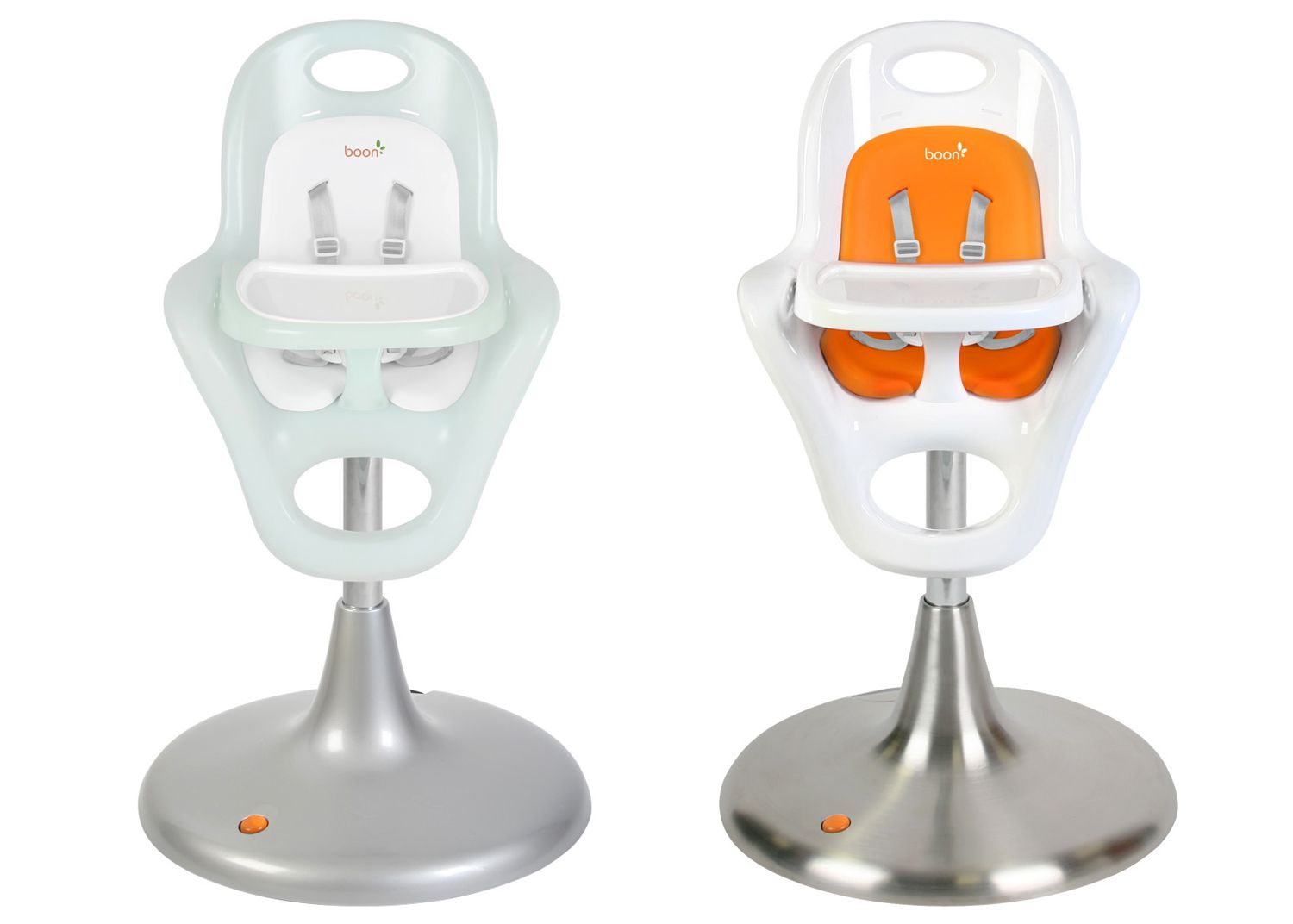

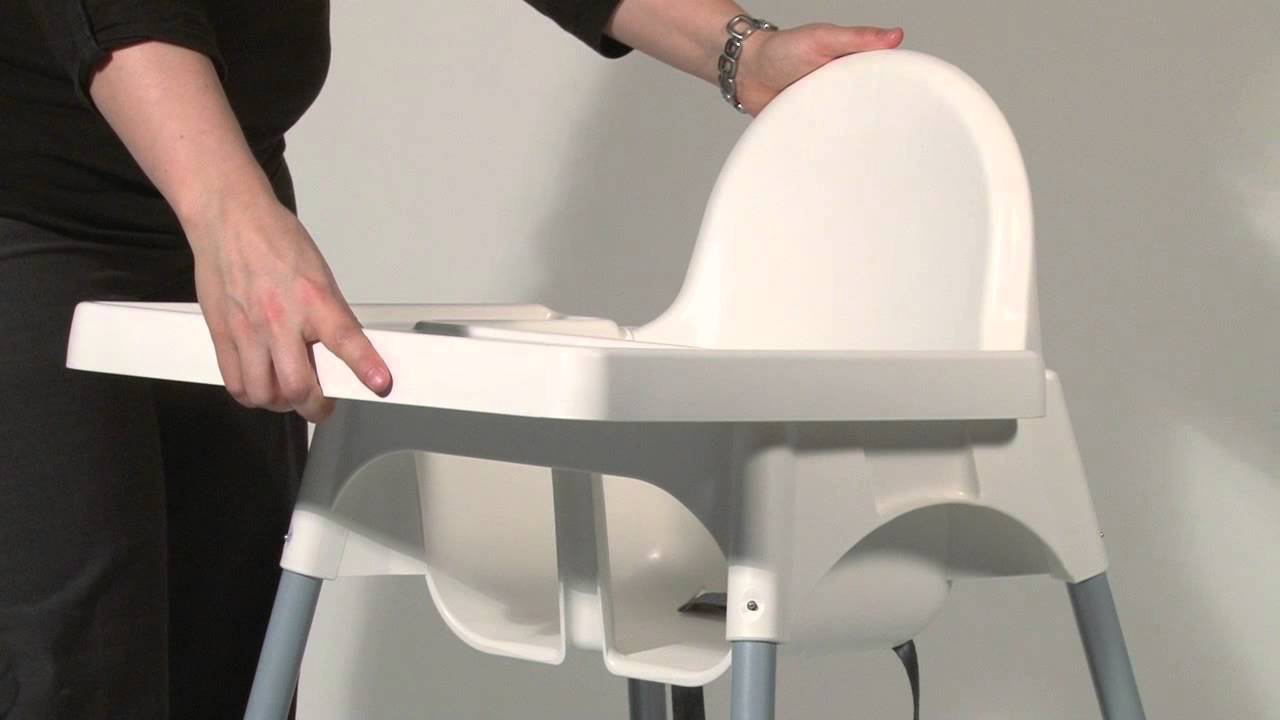
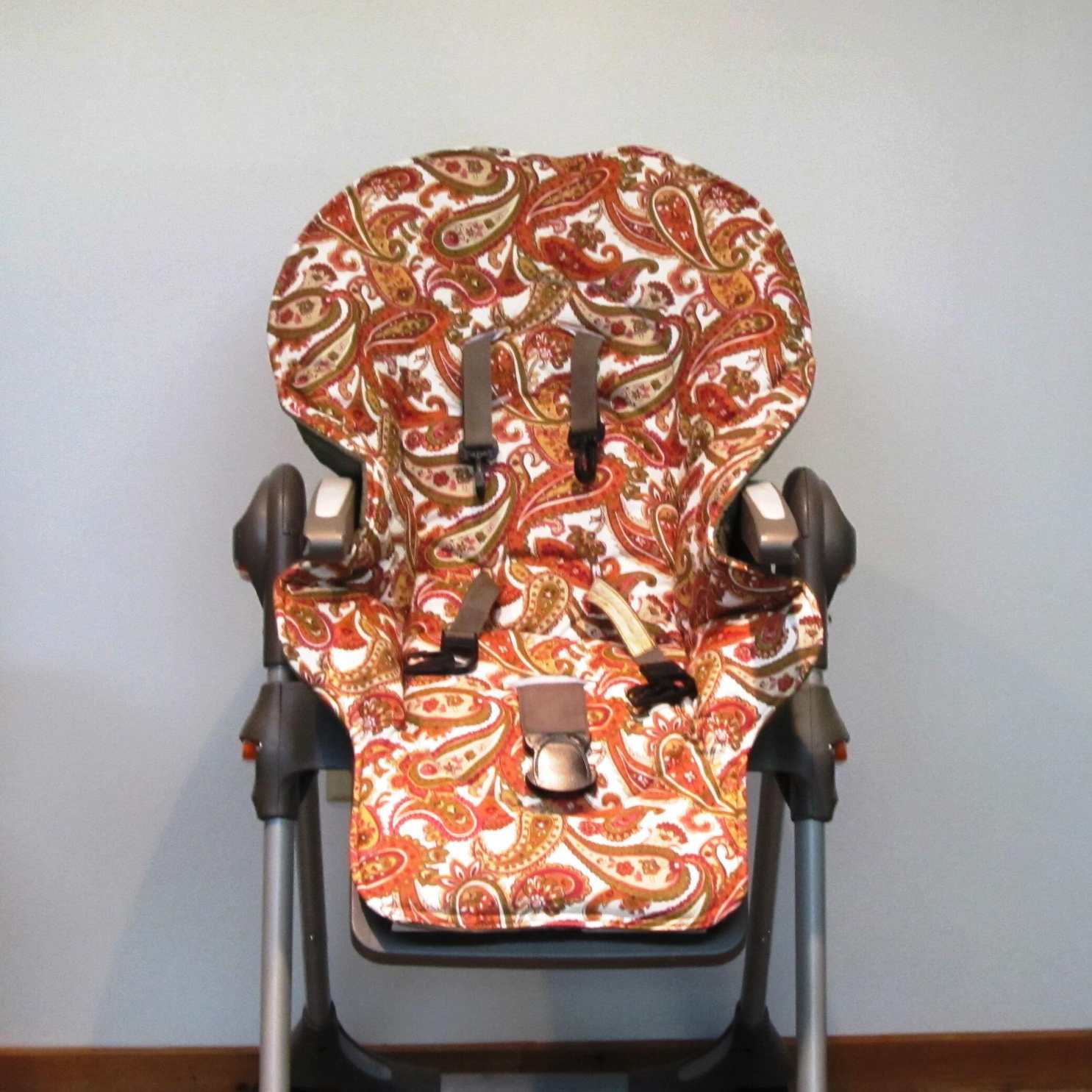
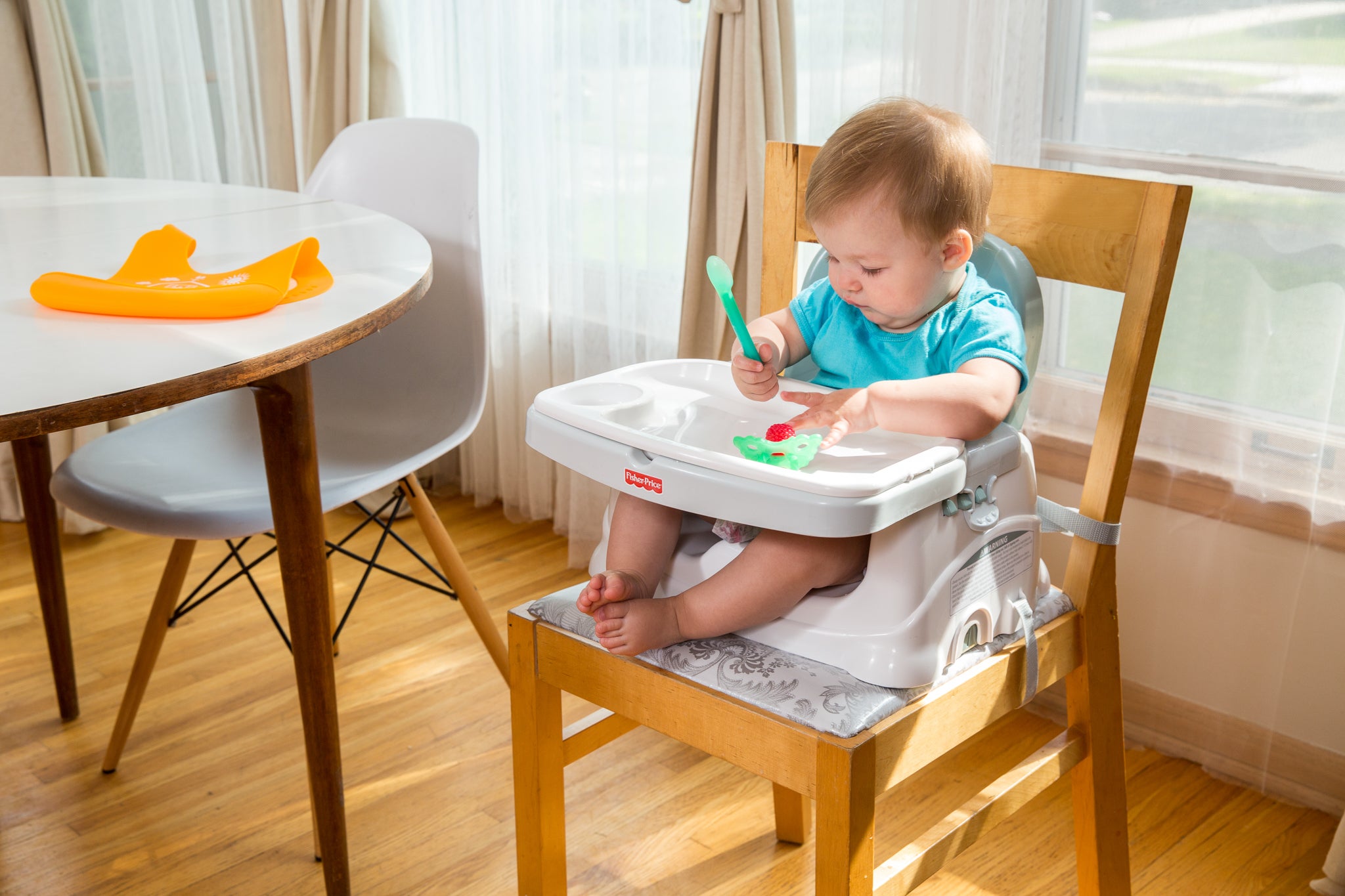


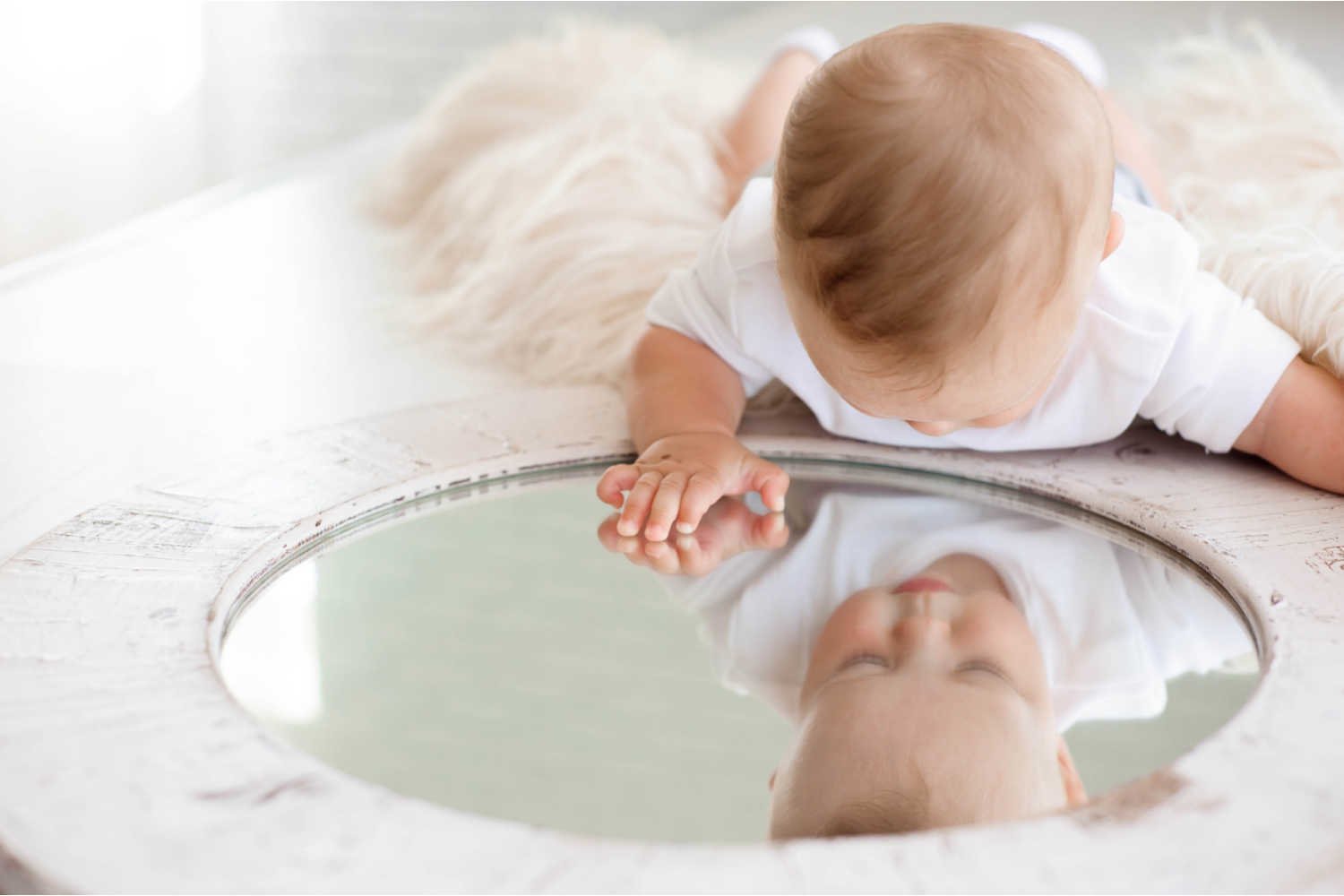


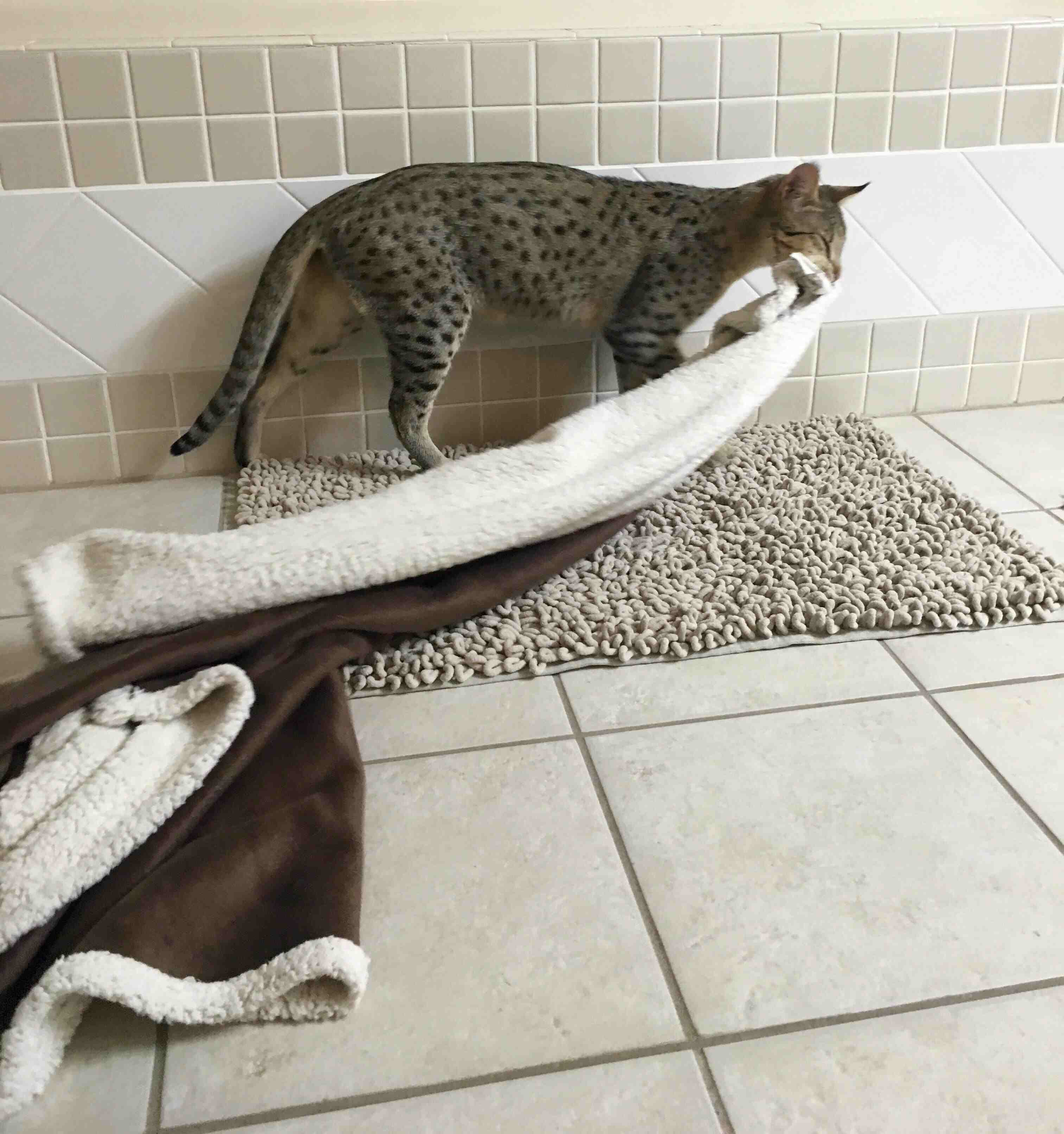

0 thoughts on “Why Do Babies Throw Things Off Their High Chair?”